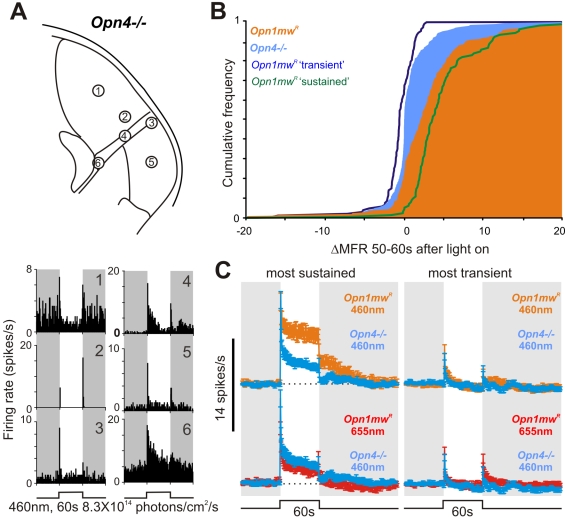Figure 5. Sustained responses are deficient in melanopsin knockout mice.
(A) Responses of six LGN cells from a representative melanopsin knockout mouse (Opn4 −/−; multiunit data in Figure S6), showing predominantly transient activations. (B) Cumulative frequency distribution of responses to 460 nm stimuli (8.3×1014 photons/cm2/s) for all light responses in Opn4 −/− and Opn1mwR (solid areas) and separate “sustained” and “transient” subpopulations (lines) in Opn1mwR, quantified as the change in mean firing rate from baseline during the last 10 s of the light pulse. Opn1mwR was significantly different to Opn4 −/−, while Opn1mwR “transient” and Opn4 −/− were not significantly different (Kolmogorov-Smirnov tests; p<0.001 and p>0.05, respectively). (C) Left panel: The response (mean ± SEM) of the 40% of Opn4 −/− cells with the most sustained light responses was deficient at 460 nm (top) but not 655 nm (bottom) compared to the equivalent population in Opn1mwR mice. Right panel: The remaining 60% of cells in these two genotypes showed equivalent responses (mean ± SEM) at both wavelengths.

